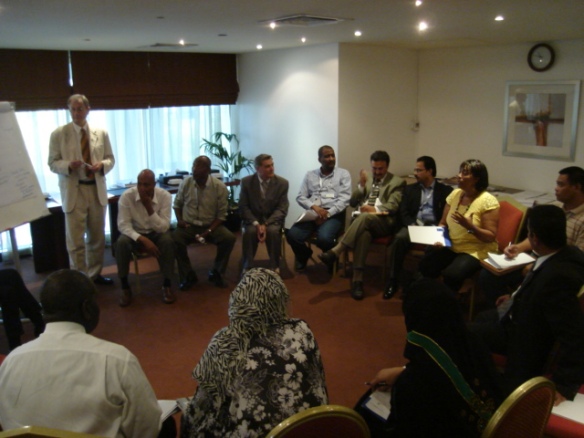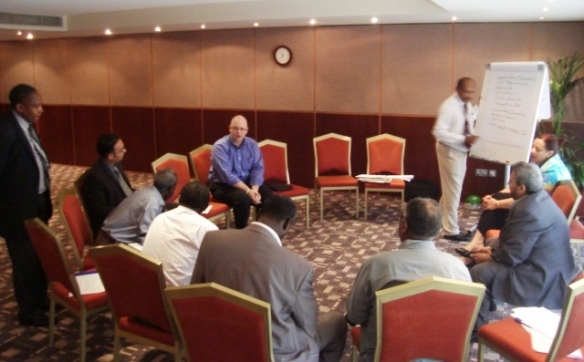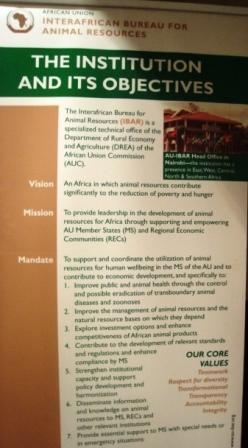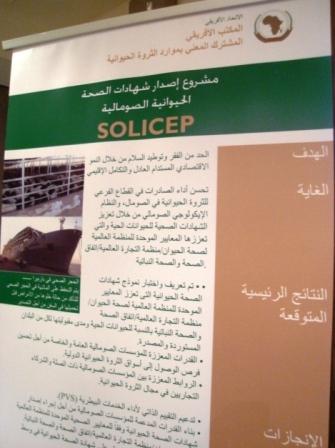Dr Gideon Brückner of the World Organisation for Animal Health (OIE) has published a paper in the April 2011 issue of Scientific and Technical Review which features the spread of pathogens through international trade.
Below is the abstract of the paper titled, Ensuring safe international trade: how are the roles and responsibilities evolving and what will the situation be in ten years’ time?
The roles of the international standard-setting bodies that are mandated to facilitate safe trade, such as the World Organisation for Animal Health (OIE), the Codex Alimentarius Commission, the International Plant Protection Convention and the World Trade Organization, are well documented, as are the roles of the international organisations responsible for global health issues: the OIE, the World Health Organization and the Food and Agriculture Organization of the United Nations. However, developments in international trade, such as accelerating globalisation and the frequent emergence and re-emergence of diseases affecting both humans and animals, have brought new challenges and the need to reconsider the future roles of such organisations. New participants and new demands have also emerged to challenge these mandates, leading to potential areas of conflict. The need for countries to establish themselves as new trade partners, or to strengthen their positions while still maintaining safe trade, poses a challenge to standard-setting organisations, which must meet these demands while still remaining sensitive to the needs of developing countries. In this paper, the author describes and discusses some of these challenges and suggests how international organisations could evolve to confront such issues.












